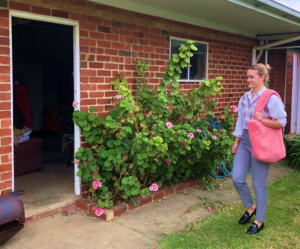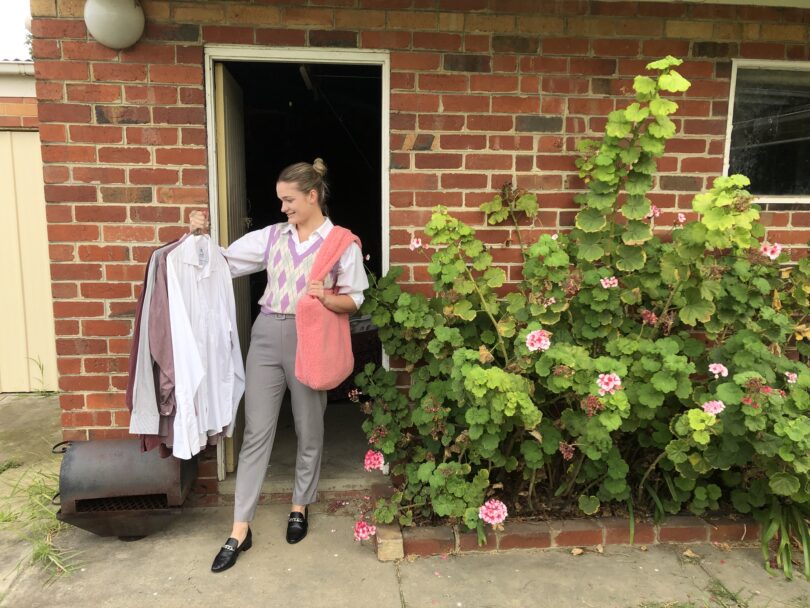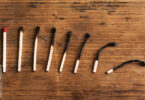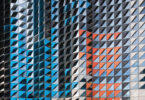After two years of lockdowns in Melbourne, 25-year-old Janna Baggio has become a relentless op-shop regular. She’s always been a fashion aficionado, but recently she’s made the shift to thrift. Once a committed online customer, she’s now drawn to the exclusivity of op-shop pieces and frugality afforded by fortuitous finds.
“I just love going through piles and piles of clothes. I’ve always had a thriving passion for fashion but recently I’ve just become an avid op-shopper,” she said.
Recent research conducted by The Conversation found that 72 per cent of Australians purchased at least one second hand item of clothing in the 2020-21 financial year.
This arrives as online second-hand retailer, Thredup, reports that the global second-hand apparel market will grow 127 per cent by 2026.
But there’s still a major landfill issue.
Australians are still acquiring 27 kilograms of new clothing per person annually and discarding 23 kilograms of clothing to landfill each year.
It’s costing charities $13 million a year to dispose of unusable donations to landfill.
Pip Kiernan, Chair of Clean Up Australia, says 90 per cent of Australia’s current textile waste ends up in landfill. Clean Up Australia is a national not-for-profit that works with community, government, and businesses to clean up and conserve the environment.
“Only 15 per cent of donated clothing is sold again locally in charity op-shops,” Ms Kiernan said.
She says the remaining clothes are used as industrial rags, sent to landfill, and around half are sent to developing nations.
For Janna, second-hand shopping is more than just a means of buying clothes. It’s a form of self-expression, a mood-enhancer, and a hobby. When she dons a stylish second-hand set, she feels “accomplished” and “invigorated”.

“You never know what you’re going to find, but the moment you find something good, it’s all worth it. You could be going through countless knits and then find a beautiful linen shirt that’s been sitting there all along.”
She also says it’s made her more aware of her purchasing decisions and the origins of her clothing choices.
“I feel like I’m doing something good for the environment and having a good time whilst I’m at it. It’s a win-win.”
An ethical sourcing analyst working in Australia’s fashion industry says the circularity of fashion products is becoming more common among some boutique labels like A.BCH.
In fashion, this refers to conceptualising the whole product life cycle when designing new products to benefit community and the environment.
For example, designing products “all the way until when the customer disposes of [it]”, with consideration of how each product can be “put back in the system” in an ethical and sustainable way.
But it’s still an evolving practice in large-scale fast fashion brands.
“Circular design is still a while off for fast fashion brands. But as customers become more aware of the impact fast fashion has on the planet, fast fashion brands may move towards alternative options like rental clothing platforms,” said the industry analyst.
Janna says her shopping habits are unlikely to change in the future.
“I feel like op-shopping is just more sustainable. Plus, you can find such a bargain on fun new pieces. But I do hope to improve at giving back to op-shops to give my clothes a second life.”
Featured image: Janna Baggio, 25, peers delightedly at her fortunate finds post op-shop haul. Photo: Rebecca Kazmierczak.






